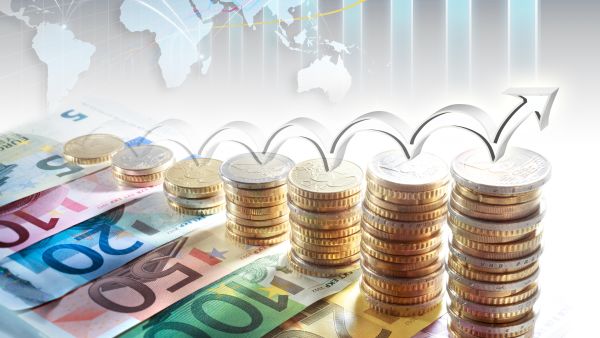1. Is 2014 the year when we ‘forget’ about the economic crisis and start a new growth cycle? Give us your personal opinion about the evolution of the Romanian economy in 2014 and beyond.
Although 2014 will most probably bring further economic growth, I strongly believe we cannot ‘forget’ about the financial crisis, as it has left and will continue to leave deep imprints on the Romanian economic landscape – and not all imprints were bad! Some would even argue that certain corrections triggered by the economic downturn (e.g. current account deficit) were in fact
needed in order to reposition Romania on a healthy growth path. Thus, Romania’s entire GDP structure has practically changed during the crisis years, with today’s economic growth coming mainly from exports and industry, as opposed to credit-based consumption, prior to the crisis. But coming back to 2014, I am optimistic about this year’s growth perspectives, with a possible real GDP growth rate of up to 3%, or even 3.5%-4%. Hence, I am confident certain sectors that were performing well last year, such as agriculture, production/exports will not see major corrections or will continue to perform well, while consumption will finally start picking up after several difficult years.
2. What will the next cycle of growth look like compared to the previous one? What has changed? What are the lessons we should not forget, in order not to repeat the mistakes of the past? How will the ‘new normal’ look for the Romanian economy?
The growth cycle of 2004/2008 is unlikely to be repeated in the near future, since many of its drivers and circumstances were unique (for instance, the substantial inflows to the national economy generated by the fact that Romania joined the EU in 2007). Hence, in the optimistic scenario that we embark on a new growth cycle over the next 5 years, it will be a mix of recovery and growth that will most probably bring about half the average growth levels of the 2004-2008 period (thus an average growth rate of up to 3.5% is to be expected against an average real GDP growth rate of almost 7% during 2004-2008). However, should the next period bring about such constant growth rates based on a healthy GDP structure, this development might drive more positive effects in the economy compared to those triggered by higher growth rates, but based on more ‘shaky’ grounds.
Thus, during the 2004/2008 cycle, the major part of growth was based on the credit boom which fueled the national consumption: final consumption of households peaked in 2008 with EUR 91 bn. This level however suffered a severe correction in 2009 (dropping to EUR 73 bn) and was not to be reached again until 2013, when it is estimated once more at almost EUR 90 bn.
Moreover, the next cycle hypothesis should be based on the assumption that consumption growth would be at more sustainable levels and that GDP growth would be equally sustained by investments.
Therefore, apart from consumer sentiment uplift, we need to see positive Foreign Direct Investment development. Looked at from a different angle, GDP growth is likely to be driven by a few key sectors, such as agriculture (with positive productivity developments), automotive, food industry, IT & telecommunications and energy (also depending on a few green-field explorations in the Black Sea).
Finally, one important condition of this optimistic estimation is determined by the acceleration of the government’s investments in the critical infrastructure, especially national motorways (i.e. the key Corridor IV section).
3. Does Romania still have a future potential to attract FDI or do we have to ‘manage’ with internal resources?
Judging on fundamentals, the answer is clearly positive. Romania is definitely one of the countries in the CEE and SEE region with a high potential to attract FDI, especially in the automotive sector (the Romanian Car-makers Association, for example,
has recently announced the firm interest of two foreign auto supplier to base production facilities in Romania), agriculture (15% of the harvested land is currently owned by foreign investors and that figure will most likely continue to grow), the energy
sector (The Black Sea off-shore future exploration is bound to require substantial investments), as well as other key industries. The overall framework to support FDI needs to be more comprehensive and better enforced in order to stop being a negative differentiating factor.
GLOBAL BEST PRACTICES FOR LOCAL CLIENTS
4. Which are the most important changes you have made in your business over the past years to help you grow in the future?
As a consultancy, we are committed to fostering excellence among our employees and clients. Those efforts were further intensified during the past years, as we enhanced the training and international staffing of our consultants. We have also brought top-notch topics and best practices from our global network in order to share them with our local clients.
5. How do you see the priorities and opportunities for your business in 2014 and beyond?
For 22 years now, we have been actively present in the Romanian economy, supporting companies shape the local and regional business environment. On this note, we will continue to vigorously support the Romanian business community in facing and successfully overcoming all challenges that arise, by constantly transforming themselves in order to cope with the ever changing business conditions.






























